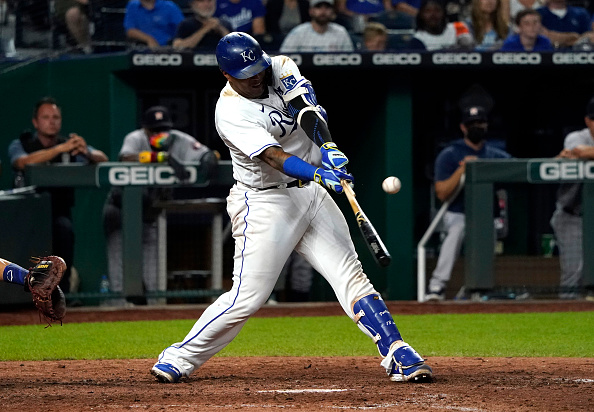Batting averages are at historic lows, forcing Major League Baseball into a challenging situation. If you are looking for positive action in the field, this surely doesn’t help.
Baseball has seen growth in viewership inside and outside the stadium, including TV and radio. While that’s a positive, something needs to change to improve the action and continue this growth among the fans.
Lowest Batting Average Since 1968
This season, the overall batting average of the league was an abysmal .240 through April and .239 in May — the worst marks since 1968. That was the “Year of the Pitcher,” when dominant pitching led the league to make some changes. The following year, the pitcher’s mound was lowered from 15 inches to 10 and the strike zone shrunk.
From 1963 through 1968, the strike zone scaled from the batter’s shoulders through his knees. In 1969, it changed to the area between the batter’s armpits to the top of his knees.
Overall Batting Average
While the season’s overall average increased slightly to .246 in June and .250 in July, the current combined team average is still only .243 through this past Sunday’s games. Over half of MLB lineups, on any given day, include at least one hitter below .200.
There are currently 16 teams below a combined .245, the most all-time. Currently, the Chicago White Sox are hitting .219. The Seattle Mariners, who are in a battle for the AL West crown, are league-worst at .216.
Trends Bring Rule Changes
Batting averages are at historic lows so far this season and have been an ongoing trend for the past few seasons. The league tried to increase action in 2023 by instituting limits on defensive shifts, larger bases, and a pitch clock.
The hope was the changes would lead to more hits, runs, and stolen bases. However, batting averages remain low and strikeouts high. On top of that, home runs are at their lowest rate since 2015. Even slugging percentages are at their lowest marks in more than 30 years.
Hard to Succeed
Some say the low batting averages are due to pitchers making it more difficult for batters to succeed. The velocity of the average four-seam fastball is 94.2 mph, an all-time high. That velocity is up from 91.1 mph just 15 years ago. Also, the emphasis on specialty pitches, such as breaking balls, has made it harder for batters to generate solid contact. This has led to many ground outs.
No Easy Solution
It’s difficult to identify a single, quick solution. Yes, velocity and the quality mix of pitches are at an all-time high. However, just as pitchers have tweaked their arsenals and improved, batters have to, too. They need to learn to adjust every day. They need to figure out their weakness, tweak their forms, and take advantage of the hitter-friendly rules.
Sure, the league could make more rule changes, but would further amendments address the effects of the strikeout epidemic plaguing batters?
Bottom Line
Major League Baseball needs to figure out how to get more balls in play. Big plays, stolen bases, and runs keep fans interested. If teams and batters can’t find a way to get more balls in play, perhaps more needs to be done.
The league must start exploring some creative options.
Main Image Credit:
Embed from Getty Images







